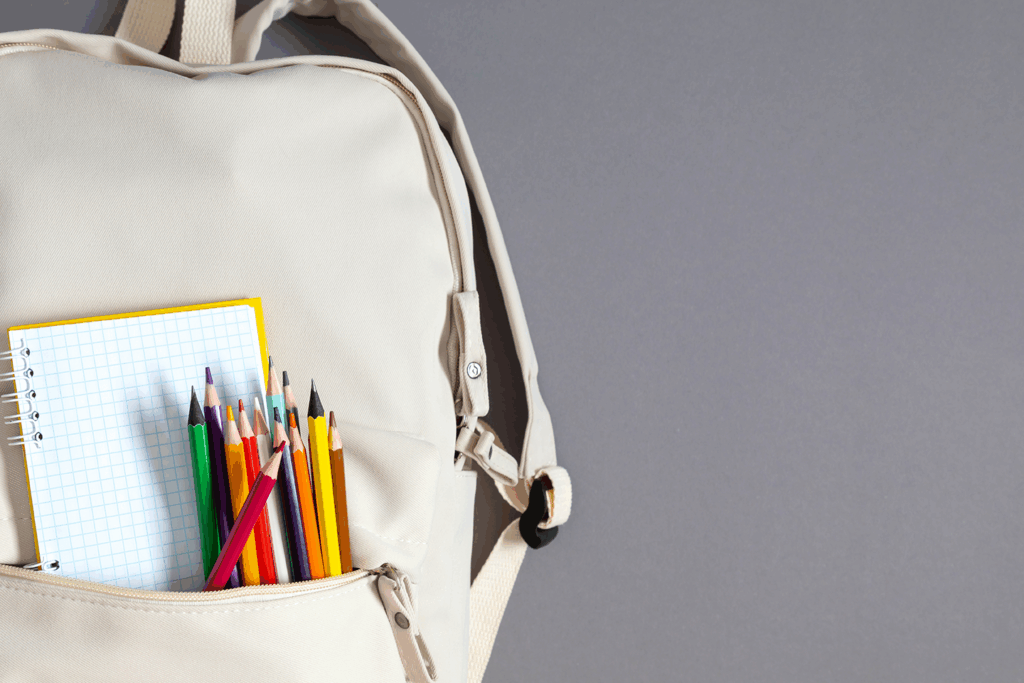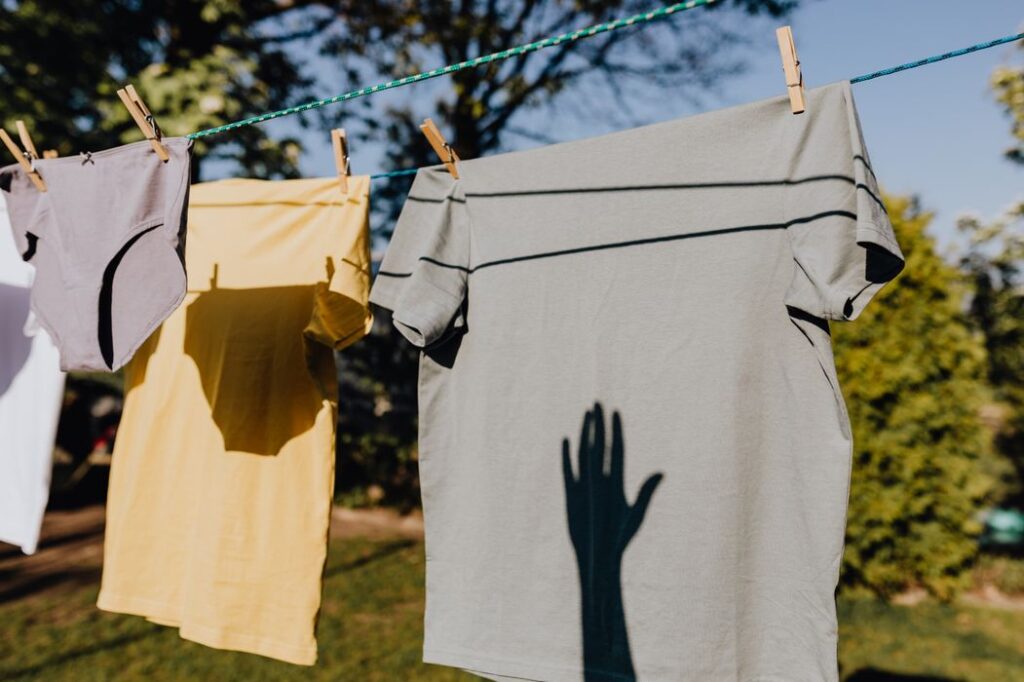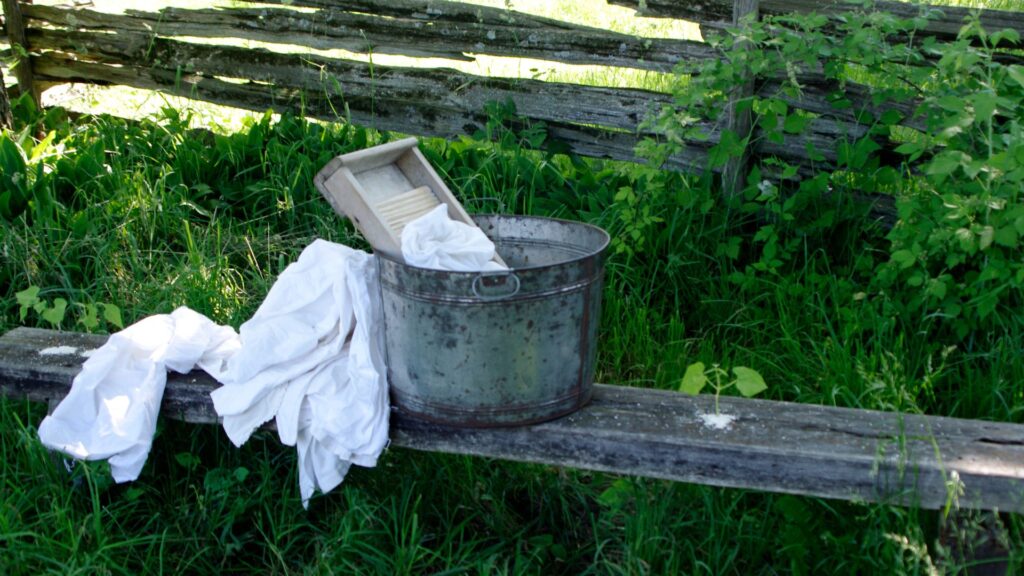The washing machine is one of the great conveniences of modern living, saving households hours of time and effort every week. But choosing the correct cycle is key to ensuring that your garments and linens receive the treatment that suits them best. Happily, this handy guide is here to help you navigate your washing machine’s settings. Please note that cycle names may vary according to the brand and country. When in doubt, refer to your appliance’s user manual and always take care to follow the instructions on the label!
Normal
Water temperature: warm
Spin speed: high
Average cycle time: 60 minutes
This cycle is suitable for everyday basics like t-shirts, pants, socks, and towels. Because high agitation and spin settings can be vigorous, this cycle is generally unsuitable for delicate fabrics.
Cottons
Water temperature: warm to hot
Spin speed: high
Average cycle time: 60 minutes
Use this cycle for cotton fabrics or clothes that require high agitation during washing. Hot water may be used to brighten 100% white cotton items (check the label first).
Mix/Synthetics
Temperature: warm to cool
Spin speed: medium
Average cycle time: 45 minutes
This cycle is designed for washing a mix of different fabrics and colors. It uses medium agitation and temperature to ensure that all fabrics are cleaned properly.
Delicates
Temperature: cool
Spin speed: low
Average cycle time: 50 minutes
This cycle is suitable for lightly soiled garments labeled “machine washable silks” or “gentle.” It is ideal for wool, lingerie, or silk items that can be machine washed.
Quick Wash
Temperature: warm
Spin speed: high
Average cycle time: 30 minutes
This cycle is ideal for small loads of laundry or when time is limited, and is usually only recommended for lightly soiled clothes. Because of its shortened wash cycle and high-speed spin cycle, this setting also reduces drying time. It is not recommended for delicate items or anything with beading, sequins, or other decorative elements.
Heavy Duty
Temperature: hot
Spin speed: high
Average cycle time: 75 minutes
Use this cycle for thick, heavily-soiled fabrics like towels and jeans or items that require additional cleaning. The average cycle time is relatively long because these types of fabrics tend to absorb more water than others.
Rinse and Spin
Temperature: cold
Spin speed: high
Average cycle time: 25 minutes
This cycle consists only of a high-speed spin and cold water and is ideal for garments that require a detergent-free cycle, such as swimwear.
The wash cycles described above are the most common, but many more specific ones exist, including Hand Wash, Baby, Sanitize, Anti-Allergy, Sports, Bedding, Wool, and Denim. If your appliance is equipped with any of these cycles, please follow the instructions in your user manual.
For more tips on how to care for your favorite clothes and linens, visit our special fabrics section.





